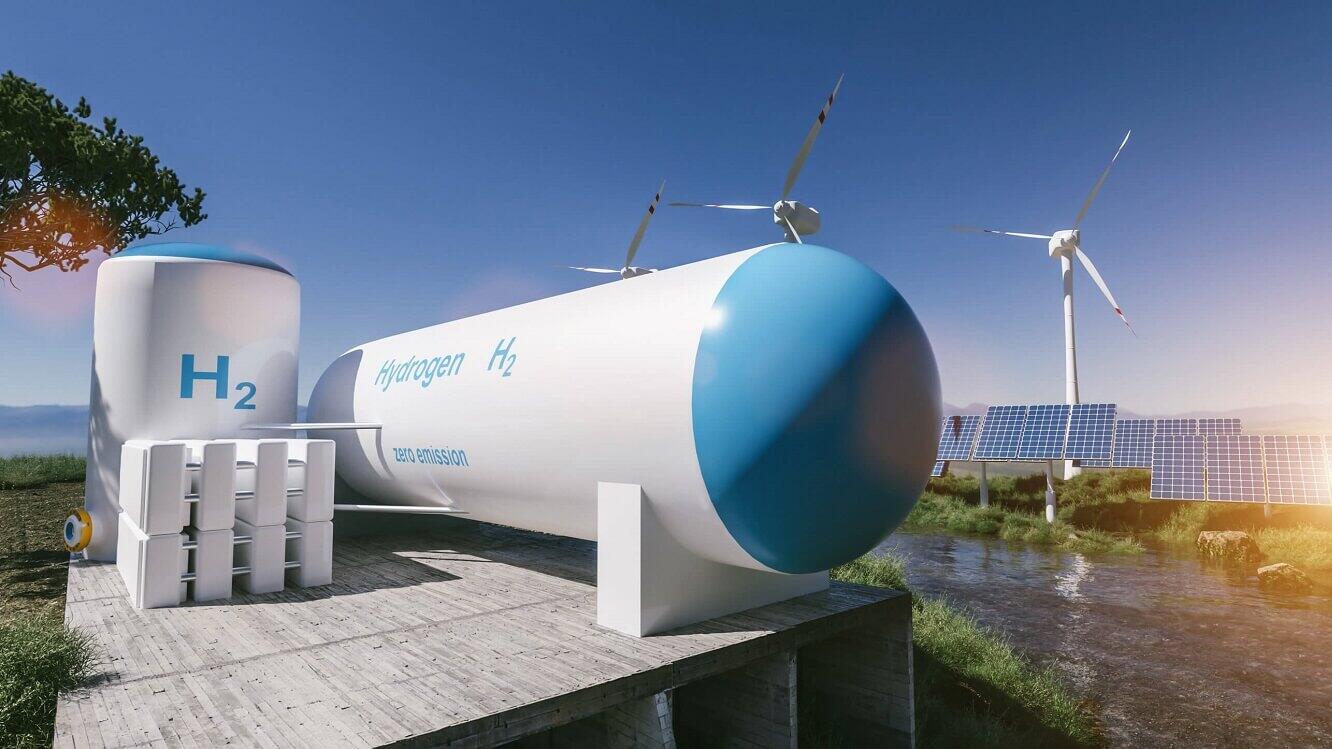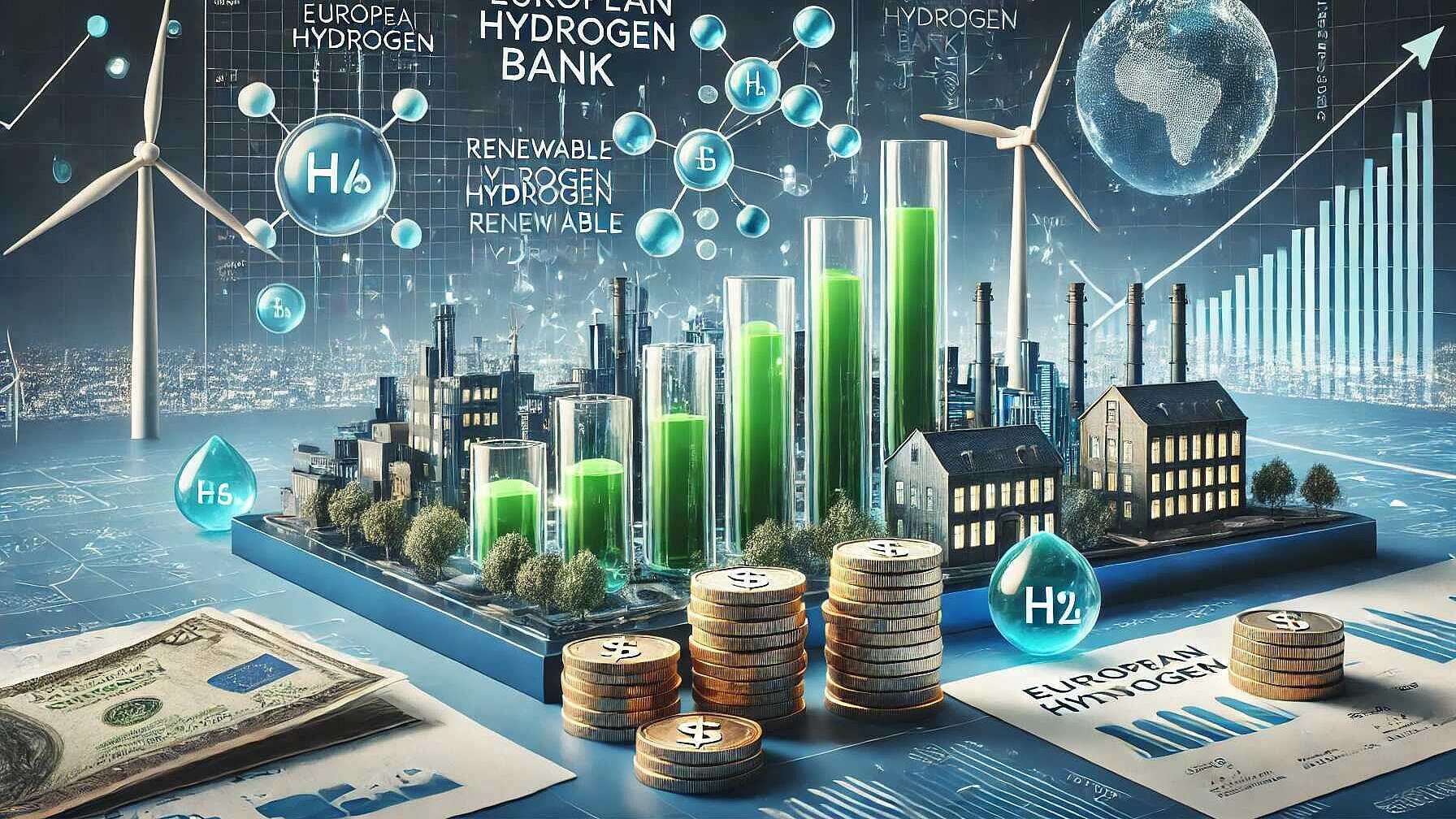 Policy & Regulation
Policy & RegulationCracking the Hydrogen Colour Code
Summary
Recently there has been more and more in the media about hydrogen as a future fuel. These discussions often talk about hydrogen using a colour coding - which has the potential to confuse an already complicated matter even further. To support discussion I have pulled together a summary of here of where the colour coding is at right now. Please do let me know if you hear of any others and I will add them. The full colour chart is available at the bottom of this article.
Open full article
Cracking the Hydrogen Colour Code
Recently there has been more and more in the media about hydrogen as a future fuel. These discussions often talk about hydrogen using a colour coding – which has the potential to confuse an already complicated matter even further. I thought I had it nailed down for myself until I read an article about turquoise and pink hydrogen! Its more important now more than ever to be open about hydrogen and not hide carbon intensity behind an array of complex terminology. To support discussion I have pulled together a summary of here of where the colour coding is at right now. There is a pdf version to download here. Please do let me know if you hear of any others and I will add them.
Hydrogen Colour Chart
ZERO/VERY LOW CARBON
- Green Hydrogen: Made through electrolysis using renewable electricity. Electricity is used to split water into hydrogen and oxygen.
- Blue Hydrogen: Grey, brown or black hydrogen bit with the carbon dioxide deep underground through carbon capture and storage.
- Pink Hydrogen: Similar to green hydrogen but solely using energy from nuclear power.
- Yellow Hydrogen: Similar to green hydrogen but solely using energy from solar power.
MEDIUM TO HIGH CARBON EMISSIONS
- Turquoise Hydrogen: Produced through pyrolysis. In pyrolysis instead of polluting CO2 gas a solid carbon by-product is produced. The feedstock is methane of even waste plastics. Pyrolysis works by heating products to an extremely high temperature in an inert atmosphere. The emissions relate to the fuel needed to heat the reaction.
HIGH CARBON EMISSIONS
- Grey Hydrogen: Hydrogen made from natural gas in a process called steam reformation. in which high temperate steam is used to split methane gas at high pressures.
VERY HIGH CARBON EMISSIONS
- Black Hydrogen: Made from Coal (in a process like grey hydrogen) with no carbon capture. Even more carbon intensive than grey hydrogen.
- Brown Hydrogen: Made from Lignite (in a process like grey hydrogen) with no carbon capture. Even more carbon intensive than black and grey hydrogen. Lignite is compressed peat and generates a lot of carbon dioxide when combusted.



